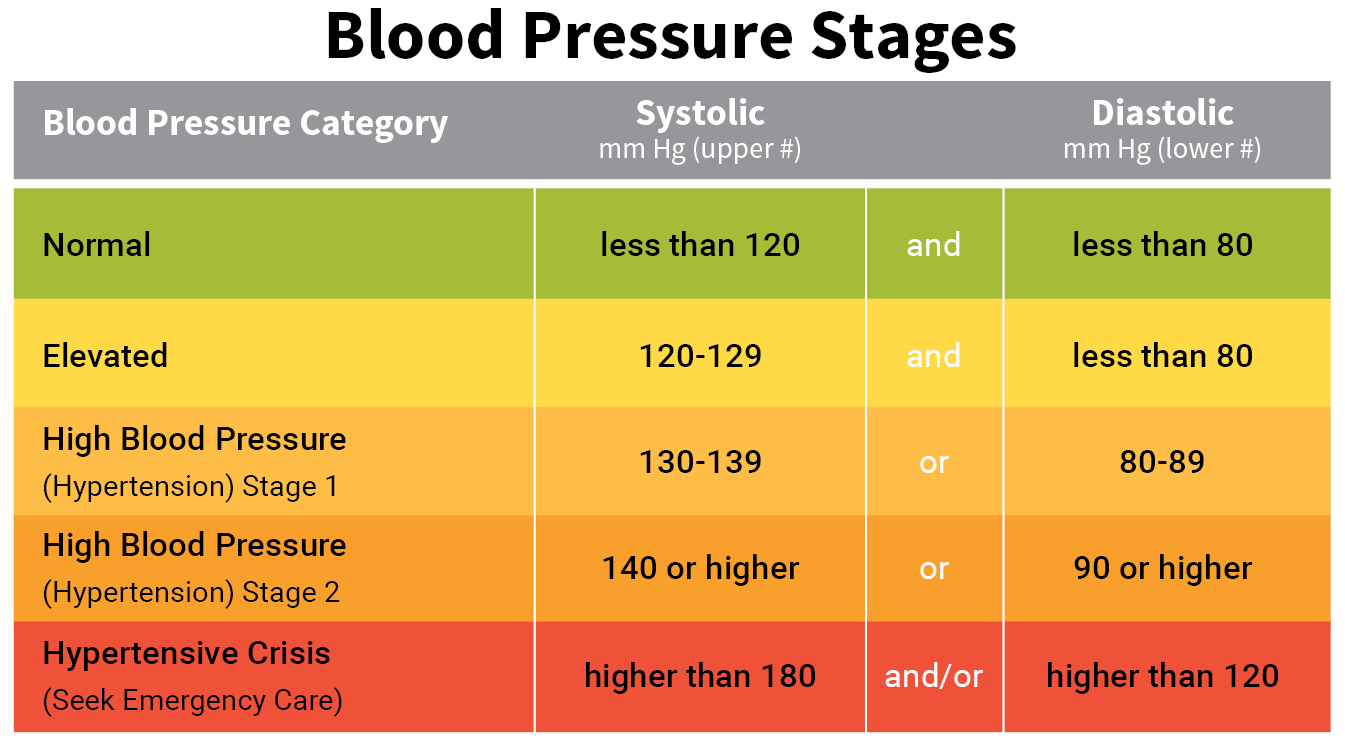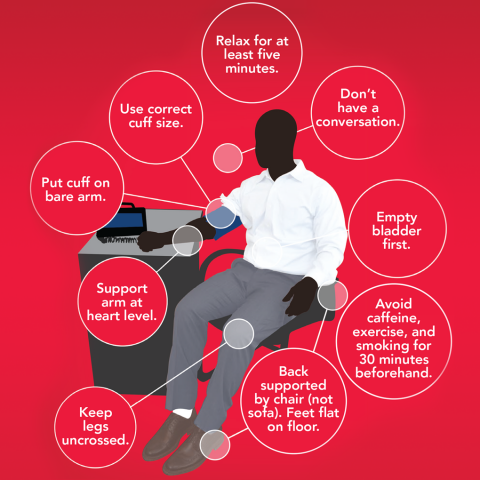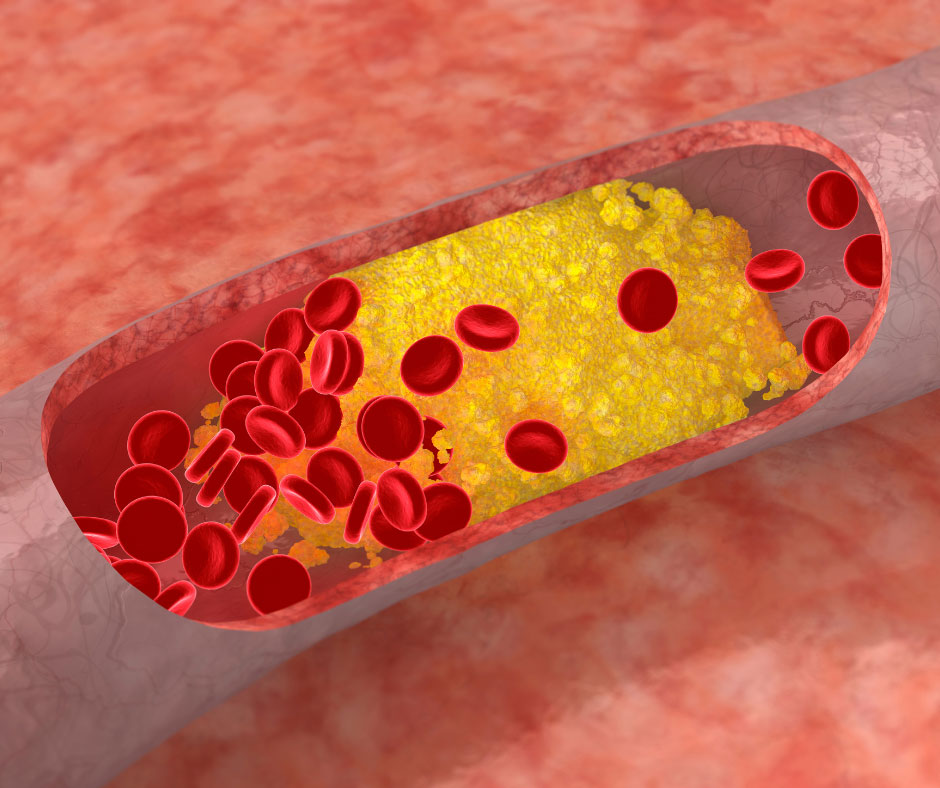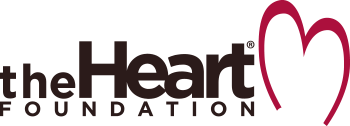When your heart beats, it pumps blood from your heart through your arteries to the rest of your body. As the blood moves, it pushes against the walls of your blood vessels. The force of the blood pushing against the walls of your of your blood vessels is your blood pressure. If your blood pressure is too high, it can strain and damage your arteries, increasing the risk arteriosclerosis, a condition that makes your arteries get harder, narrower, and clogged with fatty plaque, thus increasing the risk of a heart attack or stroke. High blood pressure can also cause kidney failure, sexual dysfunction, aneurysms, impair vision, and contribute to dementia.
High blood pressure is often called “the silent killer,” as its symptoms are generally unnoticeable. Many people don’t even know they have high blood pressure. The first visible symptom of untreated high blood pressure may be a heart attack, stroke or kidney damage. The only way to know if you have high blood pressure (HBP or hypertension) is to have your blood pressure measured.
How blood pressure is measured:
Your blood pressure represents the highest and lowest pressures reached in the heart’s pumping cycle and is measured in millimeters of mercury, or mmHg (mmHg is the pressure it takes to move a column of mercury against gravity. Mercury was used in the first accurate pressure gauges and is still used in medicine today as the standard unit of measurement for pressure). Blood pressure measurements are expressed as a ratio, for example: 120/80 mmHg.
The first (or top) number in the ratio is your Systolic Blood Pressure. The systolic number is the force, or pressure, being exerted on the walls of your arteries when your heart contracts and pumps oxygenated blood through your arteries to the rest of your body. The second (or bottom) number is your Diastolic Blood Pressure: The diastolic number is the pressure your blood exerts on your artery walls when your heart rests between beats. In a blood pressure reading, the systolic number always comes first, and followed by the diastolic number.
Blood pressure is measured with a sphygmomanometer – a mercury filled gauge marked in millimeters and attached to an inflatable cuff. The person taking your blood pressure wraps the cuff around your upper arm and listens to the blood moving through your artery with a stethoscope. The cuff is inflated to a pressure higher than your systolic blood pressure, squeezing your artery shut, and creating a silence in the stethoscope. The cuff is then released and as the cuff deflates, the first sound heard through the stethoscope is the sound of your blood being pumped through your artery – your systolic blood pressure. It sounds like a whooshing noise. The point where this noise goes away marks when the heart is at rest – your diastolic blood pressure.
Blood Pressure Stages:
Knowing both your systolic and diastolic numbers are important and could save your life. The five blood pressure stages as recognized by the American Heart Association are:
Normal: Blood pressure numbers of less than 120/80 mmHg are considered within the normal range. If your results fall into this category, stick with heart-healthy habits like following a balanced diet and getting regular exercise. If your blood pressure is normal, get it checked every year or more frequently as your doctor suggests.
Elevated: Elevated blood pressure is when readings consistently range from 120-129 systolic and less than 80 mmHg diastolic. People with elevated blood pressure are likely to develop high blood pressure unless steps are taken to control the condition. Your doctor will probably want to check it every 3-6 months and will probably recommend lifestyle changes such as more exercise and a better diet.
Hypertension Stage 1: Hypertension (HBP) is a condition that makes the heart work harder than normal. Stage 1 is when blood pressure consistently ranges from 130-139 systolic or 80-89 mmHg diastolic. If you have stage 1 hypertension your doctor will want to see you every 3-6 months and will likely prescribe lifestyle changes and may consider prescribing blood pressure medication.
Hypertension Stage 2: Hypertension Stage 2 is when blood pressure consistently ranges at 140/90 mmHg or higher. At this stage of high blood pressure, your doctor will want to see you monthly and will prescribe a combination of blood pressure medications and lifestyle changes.
Hypertensive crisis: This stage of high blood pressure requires medical attention. If your blood pressure readings suddenly exceed 180/120 mmHg, wait five minutes and then test your blood pressure again. If your blood pressure is again higher than 180/120 mmHg and you are experiencing signs of possible organ damage such as chest pain, shortness of breath, back pain, numbness/weakness, change in vision or difficulty speaking, do not wait to see if your pressure comes down on its own. Call 911.
Note: A diagnosis of high blood pressure must be confirmed with a medical professional. A doctor should also evaluate any unusually low blood pressure readings.
High Blood Pressure Risk Factors and Prevention:
Although you cannot control all of your risk factors for high blood pressure, you can take steps to prevent or control high blood pressure and its complications. Your lifestyle choices can affect your blood pressure.
- Diabetes. About 60% of people who have diabetes also have high blood pressure. Diabetes can accelerate the hardening and narrowing of the arteries (atherosclerosis), leading to heart disease, heart attacks and strokes. Talk to your doctor about ways to manage diabetes.
- Genetics and Family History. High blood pressure can run in a family. Family members share genes, behaviors, lifestyles, and environments that can influence their health and their risk for disease. You cannot change your genetics, but you can change your lifestyle.
- Race or ethnicity. High blood pressure is more common in African Americans then in whites, Hispanics, Asians, Pacific Islanders, American Indians, or Alaska Natives. Blacks also develop high blood pressure earlier in life.
- Age. Blood pressure rises steadily with age due to the increasing stiffness of large arteries and the long-term buildup of plaque. Keep track of your blood pressure at home and schedule regular doctor visits.
- Sex. High blood pressure affects both men and women. Until about age 64, high blood pressure is more common in men. However after menopause, blood pressure increases in women to levels even higher than in men.
- Alcohol: Drinking too much alcohol can raise your blood pressure. Women should have no more than 1 drink a day. Men should have no more than 2 drinks a day.
- Tobacco: Smoking cigarettes, e-cigarettes, cigars, and chewing tobacco can raise your blood pressure and can cause your arteries to narrow, increasing the risk for heart disease. The nicotine and chemicals in tobacco products can also damage the lining of your artery walls and the carbon monoxide inhaled when smoking reduces the amount of oxygen that your blood can carry. Smoking is the most preventable cause of premature death in the United States. Seek advice on quitting at smokefree.gov.
- Weight: The more you weigh, the more blood is needed to supply oxygen and nutrients to your tissues. As the volume of blood circulated through your blood vessels increases, so does the pressure on your artery walls. If you are 20 pounds or more overweight you are at risk for high blood pressure. Talk to your health care team about a plan to reduce your weight to a healthy level.
- Stress: Stress can lead to an increase in blood pressure. Manage your stress by exercising, meditation or by making time for hobbies and things you enjoy.
- Reduce salt and increase potassium. A diet high in salt (sodium) and low in potassium puts you at risk for high blood pressure. Eating too much salt can cause your body to retain fluid, which increases your blood pressure. Most of the sodium we eat comes from processed and restaurant foods. Not eating enough potassium also can increase blood pressure. Potassium is found in bananas, potatoes, beans, and yogurt.
- Eat a healthy diet. For heart health, a Mediterranean diet consisting of fruits, vegetables, nuts, seeds, legumes, whole grains, fish and olive oil is recommended.
- Exercise: People who are inactive tend to have higher heart rates. The higher your heart rate, the harder your heart must work with each contraction and the stronger the force on your arteries. Lack of physical activity also increases the risk of being overweight. Walking 30 minutes every day can reduce your blood pressure.
- Medications. High blood pressure cannot be cured. But it can be managed effectively through lifestyle changes and, when needed, medication. Your doctor will determine if medications are necessary.
Check your blood pressure at home:
Home monitoring can help you keep track of your blood pressure, make certain your lifestyle changes are working, and alert you and your doctor to potential health complications. Home blood pressure monitors are generally digital and can cost from $40 to $100. Your insurance may cover part or all of the cost. Measure your blood pressure a few times a week and tell your doctor if you notice any significant changes. Here are some tips on how to choose and use a monitor.
Choosing a monitor:
- Select a monitor that goes around your upper arm. Wrist and finger monitors are not as precise. Make sure the cuff fits properly. If your arm is too big for the cuff, the reading may be higher than your blood pressure really is. Ask your doctor for a larger cuff or make sure you buy a home monitor with a cuff that fits you
- Select an automated monitor, which has a cuff that inflates itself.
- Look for a digital readout that is large and bright enough to see clearly.
- Consider a monitor that also plugs into your smartphone to transfer the readings to an app, which then creates a graph of your progress. Some devices can send readings wirelessly to your phone.
- No matter which type of blood pressure monitor you have, it’s a good idea to periodically take it to your doctor’s office to make sure it is accurate.
Using the monitor when you take your blood pressure at home:
- Avoid caffeine, cigarettes, and exercise for at least 30 minutes before the test.
- Sit straight in a chair quietly for five minutes with your back supported, your legs uncrossed, and both feet on the floor. Support your arm so your elbow is at or near heart level.
- Wrap the cuff over bare skin.
- Don’t talk during the measurement.
- Leave the deflated cuff in place, wait a minute, then take a second reading. If the readings are close, average them. If not, repeat again and average the three readings.
- Keep a record of your blood pressure readings, including the time of day. Take the blood pressure journal to your doctor’s office so you can talk about any changes in your numbers. Your doctor will decide whether you need medications.
By being aware of your risks for high blood pressure, monitoring your blood pressure, and following healthy lifestyle habits, you can dramatically reduce your chances of heart disease or a heart attack.
References:
- American Heart Association:
- Harvard Health Publishing, Harvard Medical School:
https://www.health.harvard.edu/heart-health/reading-the-new-blood-pressure-guidelines
- Centers for Disease Control and Prevention:











